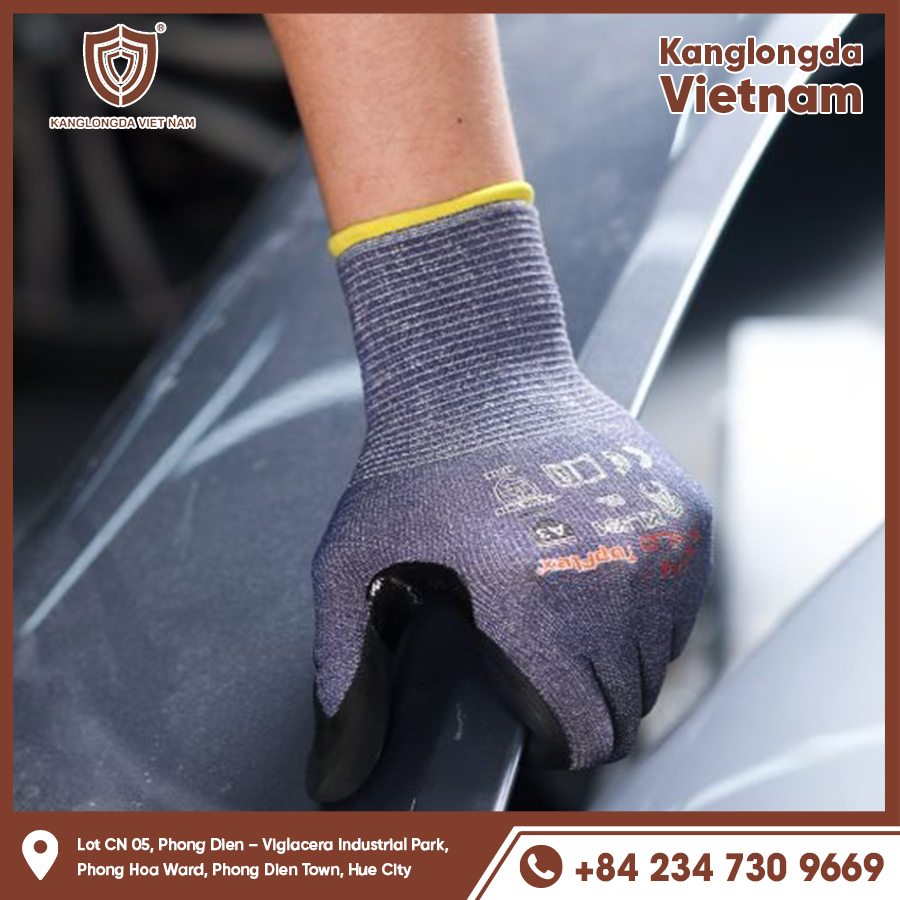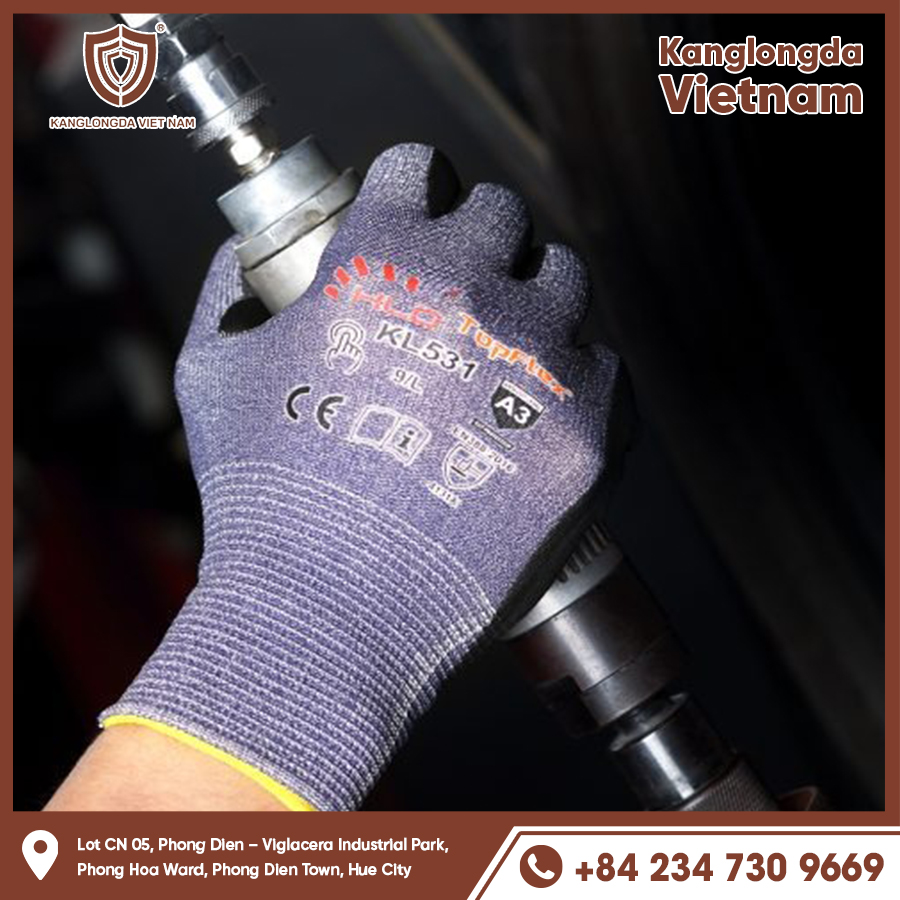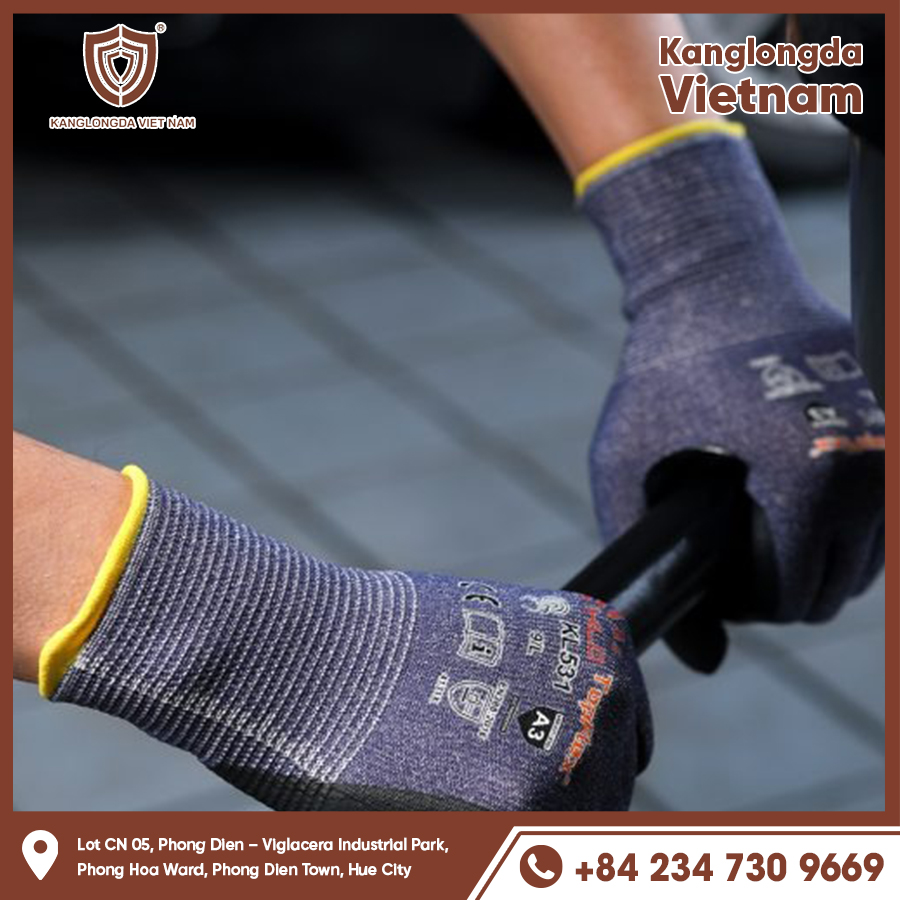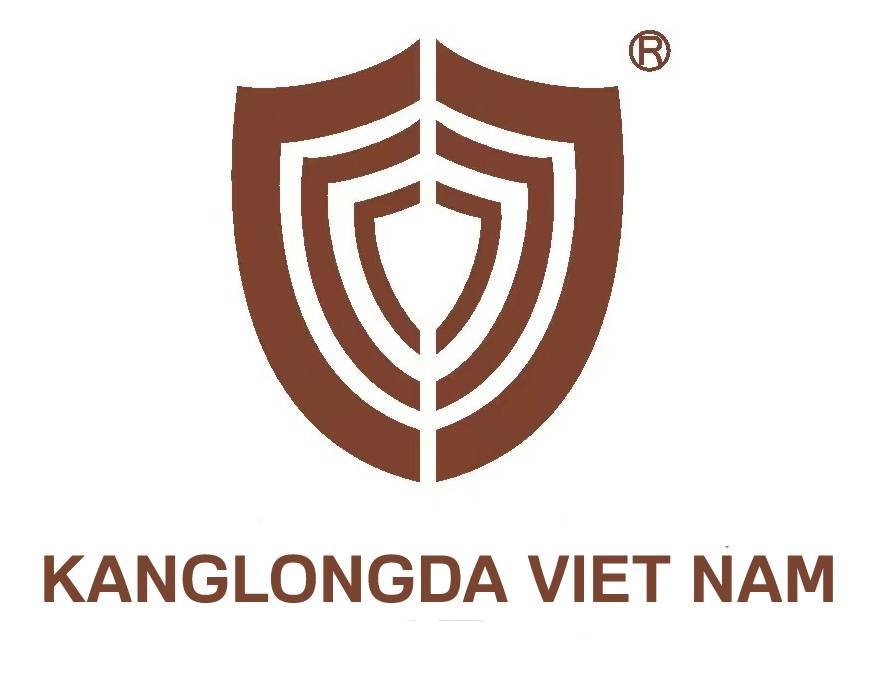Handling hot objects in kitchens, workshops, or industrial environments demands serious protection. That’s where heat proof gloves come into play. These gloves are specifically engineered to resist high temperatures, reduce burn risks, and offer safety without sacrificing function. Whether you’re flipping steaks, welding metal, or working in a foundry, choosing the right heat proof gloves makes all the difference. This guide will help you understand their features, uses, and how to select the best pair for your needs.

What Are Heat Proof Gloves?
Definition and Purpose
Heat proof gloves are specialized handwear designed to protect the wearer from burns and injuries caused by direct contact with hot surfaces, flames, or heated equipment. Unlike regular gloves, they incorporate heat-resistant materials to withstand extreme temperatures. Their purpose is to provide a barrier that prevents heat transfer from the external source to your skin, significantly reducing the risk of burns or discomfort. They come in various forms depending on the environment where they will be used.
How They Differ from Standard Gloves
Unlike traditional gloves made from leather or cotton, heat proof gloves often use advanced fabrics such as Kevlar, Nomex, neoprene, or silicone. These materials are engineered to resist heat, flames, and sometimes even molten splashes. This design contrasts sharply with standard gloves, which offer minimal protection against heat and can quickly become damaged or cause burns. The construction of heat proof gloves also often includes additional insulation layers and sometimes special coatings to improve durability and heat resistance.
Common Use Cases
You’ll find heat proof gloves in professional kitchens, automotive shops, metal fabrication facilities, and even at backyard barbecues. They’re also widely used in laboratories, manufacturing plants, and by emergency responders. In kitchens, they protect against burns from hot pans and ovens. In industrial settings, they shield workers from hot machinery, molten metal, and sparks. Even gardeners use heat proof gloves for handling hot tools or dealing with plants that may cause skin irritation.
Materials Used in Heat Proof Gloves
Kevlar and Aramid Fibers
Kevlar is a synthetic fiber known for its high tensile strength and thermal stability. It resists cuts and heat, making it ideal for welding and industrial work. Kevlar gloves can withstand temperatures typically up to around 800°F and are lightweight, providing good dexterity despite their protective qualities. Aramid fibers, similar to Kevlar, offer flame resistance and durability, and are often blended to improve glove performance. These materials also provide resistance to abrasion and cuts, which is vital in rough work environments.
Silicone and Neoprene
These materials are excellent for handling hot pans or grills. Silicone gloves are waterproof and flexible, making them perfect for kitchen use. Their non-slip surface enhances grip on slippery items such as pots and grills. Neoprene gloves are thicker and offer excellent heat and chemical resistance, making them suitable for laboratory or industrial applications where heat and chemical exposure happen simultaneously. Both materials withstand temperatures up to 500-600°F, making them ideal for medium-heat tasks.
Leather with Thermal Linings
Many heat-resistant gloves are made of thick leather, like cowhide or goatskin, combined with insulated linings for added protection in tasks like metal grinding or welding. Leather provides excellent durability and protection from sparks and rough surfaces. When paired with thermal or insulating linings such as cotton or wool, these gloves offer a balance of heat resistance and comfort. The leather’s natural breathability also helps reduce sweating during extended use.
Types of Heat Proof Gloves by Application
For Cooking and Grilling
These gloves are designed to handle hot trays, grills, and open flames. They often feature silicone grips, are food-safe, and can resist temperatures up to 900°F or more. Many come in mitt shapes to keep heat out and retain warmth more efficiently. Kitchen gloves may also have longer cuffs to protect wrists from splashes of hot liquids or grease. Their flexibility allows for easier handling of utensils and food.
For Welding and Metal Work
Welding gloves must protect against sparks, radiant heat, and sometimes molten metal splatter. They’re usually made with heavy-duty leather and heat-resistant stitching that withstands high abrasion and puncture risks. These gloves are thicker and longer than kitchen gloves to shield forearms as well. They are also designed to provide limited dexterity, focusing on maximum protection due to the hazardous nature of welding tasks.
For Industrial and Laboratory Use
In high-tech or chemical environments, gloves need to resist both heat and potential chemical exposure. These gloves often include multilayer construction for enhanced protection and are made from materials that resist not only heat but also chemicals, oils, and acids. Insulation combined with barrier technology helps protect workers from burns and chemical injuries simultaneously. They are designed to meet rigorous safety standards for use in manufacturing and lab settings.

Key Features to Consider When Buying
Temperature Resistance Rating
One of the most critical aspects is how much heat the gloves can endure. Some models resist 400°F, while others go beyond 1000°F. Always check the thermal resistance specification and ensure it fits your particular use case. Remember, heat resistance ratings vary between direct contact with hot surfaces and exposure to radiant heat, so consider your environment carefully.
Dexterity and Grip
Protection means little if you can’t handle tools. Look for gloves that balance insulation with flexibility. Some gloves feature textured palms or silicone ridges for improved grip. Flexible materials and ergonomic designs reduce hand fatigue and improve safety by preventing slips. For precise tasks, thinner gloves with high heat resistance may be better despite offering slightly less insulation.
Fit and Comfort
Too tight, and the gloves restrict motion. Too loose, and heat might enter. Choose a snug but comfortable fit, ideally with a soft inner lining like cotton or fleece for extended wear. Breathable materials can reduce sweating, improving comfort during long hours of use. Adjustable cuffs or elastic wrists also help keep gloves secure and prevent heat from sneaking in.
Choosing Based on Environment
Home Kitchen and BBQ Use
If you’re cooking at home or grilling outdoors, look for waterproof gloves that offer decent flexibility and high heat resistance. Silicone models are usually best for these needs as they combine grip, water resistance, and heat protection. Gloves with long cuffs help protect forearms from hot splashes or sparks. Choose gloves that are easy to clean and durable enough for frequent use.
Workshop and Garage Tasks
Mechanics and DIYers working with hot tools or machinery should consider gloves made from Kevlar or leather. Breathability and cut resistance are also important in this context. Look for gloves that allow you to manipulate small parts but also protect against sparks and heat from engines or welding equipment. Reinforced palms and fingertips increase durability for heavy-duty work.
Foundry or Industrial Facilities
In extreme environments like foundries or glass-blowing shops, gloves need to handle both radiant and conductive heat. Multi-layer gloves with long cuffs and heat shields are ideal. These gloves often have specialized insulation and reinforced areas to protect from molten metal splashes and intense heat bursts. Certification to standards such as EN 407 or ANSI ensures they meet industrial safety requirements.
Safety Standards and Certifications
EN 407 Standard
This is a European standard that evaluates heat resistance in gloves. It covers flammability, contact heat, convective heat, radiant heat, and molten metal splash resistance. Gloves rated under EN 407 provide verified protection levels, allowing users to match gloves with their task demands.
ANSI/ISEA 105 Standard
Used in the U.S., this standard rates gloves for cut, puncture, abrasion, and heat resistance. Look for gloves with high-level ANSI heat ratings if you’re in a high-risk environment. It’s a trusted indicator of glove performance in workplace safety programs.
Food-Safe Certifications
For kitchen applications, make sure the gloves are FDA-approved or food-safe. Silicone and neoprene gloves often meet these standards. This ensures no harmful chemicals transfer to food, and the gloves can withstand repeated cleaning and exposure to food products.
Maintaining and Caring for Heat Proof Gloves
Cleaning Tips
Always follow manufacturer instructions. Many silicone and neoprene gloves can be washed with soap and water. Leather and Kevlar gloves should be wiped clean or dry-cleaned. Avoid harsh detergents or bleach which can degrade materials. Proper cleaning prolongs glove life and maintains their protective qualities.
Storage Recommendations
Store in a cool, dry place away from direct sunlight. Avoid folding or compressing the gloves, as this can weaken insulating layers over time. Use hooks or dedicated glove racks to keep them in shape and ready for use.
When to Replace
Replace gloves when the surface shows signs of cracking, thinning, or burns. Regularly inspect seams and grips for wear and tear. Damaged gloves lose their protective abilities and increase risk of injury.
Comparing Price Ranges and Brands
Budget-Friendly Options
You can find functional silicone gloves for under $20, ideal for home chefs and casual use. These are good for short bursts of heat but may lack durability or advanced protection features.
Mid-Range Selections
Between $25–$60, you’ll find heavy-duty gloves with better insulation and longer cuffs. These offer better value for those needing regular protection in both home and professional settings.
Premium and Professional Gear
Top brands like Lincoln Electric, Mechanix Wear, and Tillman produce gloves that cost $70 or more. These are built for frequent industrial use with superior material technology, certifications, and durability.

Whether you’re a professional welder, a home chef, or someone who works around heat regularly, heat proof gloves are essential for safety and performance. The best glove for you depends on the temperature exposure, the type of work, and how often you’ll wear them. By understanding the materials, safety ratings, and application-specific features, you can choose gloves that don’t just protect—but also help you work smarter and safer. Don’t compromise when it comes to safety—let your gloves be your shield.






